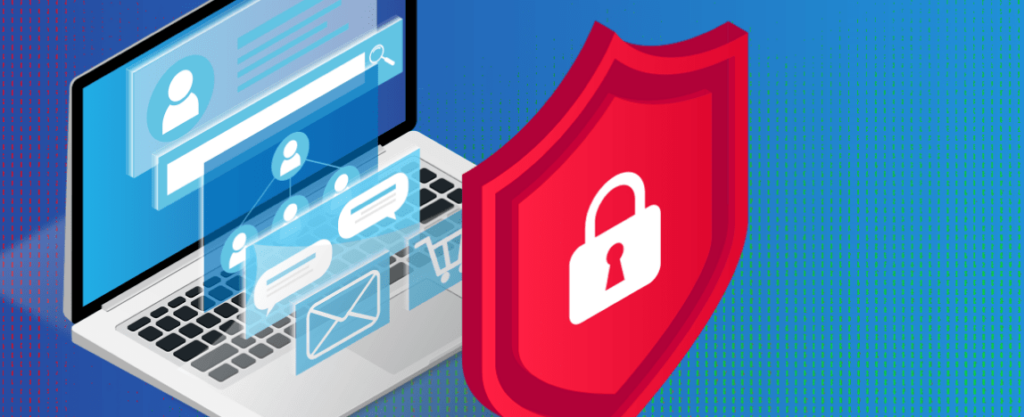Many companies depend on sharing information digitally, making data security a priority. The security of sensitive documents depends on where you store them during business transactions. Many features and tools are available in a virtual information room to keep your data safe. Here is why a virtual data room is secure:
Access Control
Virtual data rooms (VDRs) offer a platform where authorized parties can view and share data. Complete transparency enables users to access information among themselves, reducing the likelihood of errors. VDRs have defined access levels that allow the administrator to specify the exact information different users can view.
They can deter unauthorized entities from checking or copying data. Some deal rooms allow administrators to restrict access to sensitive documents even after downloading the information.
A virtual data room helps companies arrange data using an organized structure that is simple to use and navigate. Users can extract data from other platforms and create one single system in the VDR.
Businesses can access necessary documents, such as profit and loss details and records showing compliance with specific requirements when needed. Administrators can retain control of access rights or revoke them for individuals who no longer work with their organization.
Audit Trails
VDRs offer a safe and systematic platform for exchanging and keeping sensitive data, promoting stakeholder trust. A secure virtual information room has an audit trail that allows for monitoring of every user’s activity.
The administrator can quickly get details of who viewed data and when they did it. A detailed audit trail enhances security and offers valuable information, which can be helpful in legal processes or negotiations.
VDRs promote increased teamwork by providing round-the-clock access to files and heightened visibility. Real-time communication and transparency make data sharing and storage much safer.
Businesses can verify login with a specific user, IP location, or device a person logs in with. Audit trailing offers protection against misuse and leaks of info from a VDR, allowing organizations to focus on other aspects of projects.
Security Protocols
Users can sign confidentiality or non-disclosure agreements before accessing a VDR. The agreements legally bind them to keep confidentiality and help them understand the delicate nature of the information they access.
VDRs use advanced security measures like multi-factor authentication, watermarks, and data encryptions to confirm data confidentiality and integrity.
Encryption methods and security protocols allow users to view and share documents without worrying about data breaches. Information can remain accessible, secure, and confidential to those with necessary permissions.
Security protocols help significantly mitigate data leakage, unauthorized access, and other possible threats. VDRs also have features like version control systems, markups, and annotations, making collaboration among multiple parties easier.
Find a Reliable Virtual Data Room Provider
A secure virtual data room protects sensitive customer and business information against breaches. Choose a provider that offers a safe environment for managing and storing sensitive information.
Prioritize one offering advanced assessment control methods and encryption technologies to protect your data against unauthorized access. Contact a provider compliant with data protection and privacy regulations to get started.


